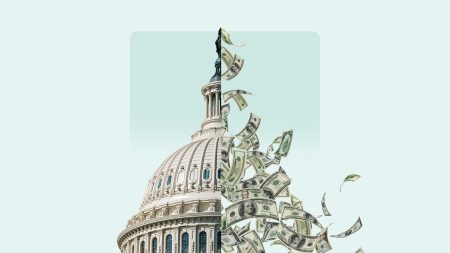1. Start by Calculating How Much You Owe
The first step — assessing the damage and getting the full picture of how much debt you’re in — can be the hardest step, especially if you’re struggling with debt. It can be tempting to bury your head in the sand, but now that you’ve got the numbers in front of you, it’s time to face reality. Look over your bank and credit card statements and comb through the charges line by line. This is a good way to ensure you recognize each purchase in case of credit card fraud.
Tally up how much you spent in total, how much debt you’re now carrying on each card, when each payment is due, and what each interest rate is.
2. Adjust or Create a New Budget, Accounting for Debt Repayment
Doing a summertime financial health assessment offers you a chance to finish the year off strong and to start the new year with a plan in place. Don’t shy away from facing your debt head-on and take responsibility by creating a budget that will help you decrease your debts and avoid holiday debts later in the year.
Write out a list of your fixed expenses, including your mortgage or rent payments, your bills, transportation, and grocery costs, and then figure out how much is left over for your debt and discretionary spending.
For example, if you have $500 left over after paying for housing and meals to feed your family, direct the remainder of your income to make payments towards your debts. If you can, automate your bill payments so they line up with your pay days and you aren’t incurring late or missed payments, or fees for non-sufficient-funds (NSF)– which can cost you as much as $45 or $50 per transaction.
If you’re new to building a budget or you feel like you need some extra help, we have a webinar for that! Don’t miss Making Cent$ of Money — Budgeting 101
Read the full article here
















